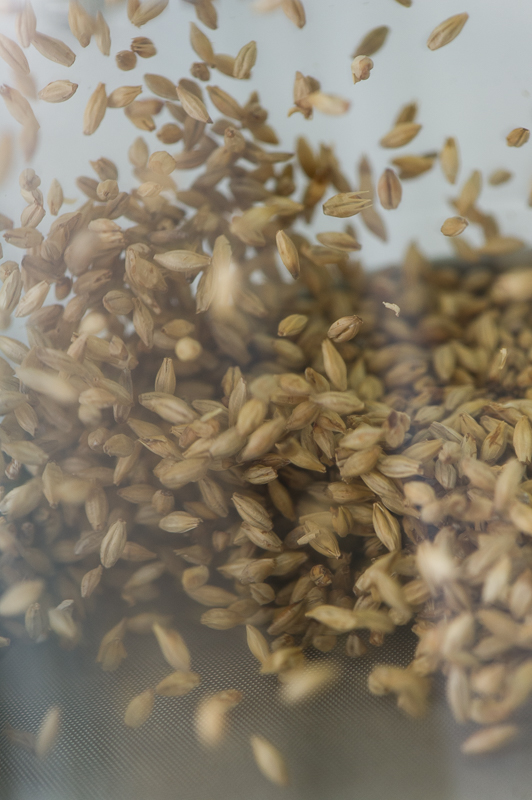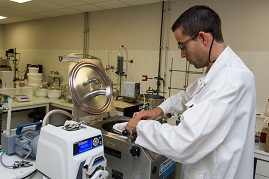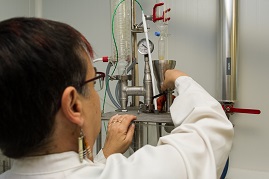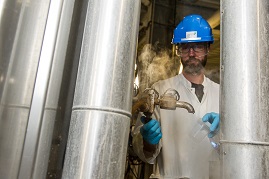Plant Extraction
How does ARD continue to perpetuate and improve the time-honoured practice of plant extraction?

Plant extraction is one of ARD's areas of expertise. Over the years, with the development of new techniques and technology, this ancient discipline has become both more efficient and more precise. Active ingredients obtained through plant extraction can now be used in a targeted manner in many industries such as the pharmaceutical industry, the food industry, cosmetics, and agro-materials.
Plant extraction, an age-old practice
Ointments, potions and various concoctions... since the dawn of time, people have looked to plants to heal their ills, or improve their health and beauty. They have long sought to learn more about plants in order to extract the active ingredients best suited to their needs. Occasionally risky research, proceeding by trial and error, has not always been successful but the failures have led to progress in botany, chemistry and medicine.
A complex process
We had to wait until the 19th century, and the emergence of scientific techniques, for chemists to first isolate plants' active molecules and develop extraction techniques. Nowadays, plant extraction is a discipline in its own right and the techniques used have been considerably refined.
Enzymatic, mechanical, or thermal processes; purification of extracts through solid/liquid separation using membrane technology or ion exchange chromatography columns or drying... There is now a wide variety of processes that can be used or adapted depending on the active ingredients sought as well as the raw materials used. Through refinements, these techniques allow us to obtain increasingly targeted and effective plant extracts that can be used directly or as a raw material with a view to chemical or biotechnological modifications.
The applications of plant extracts produced by ARD
As an expert in chemical extraction, ARD works mainly with large-scale farming crops (sugarbeet, wheat, barley, and alfalfa), dedicated crops (miscanthus, poplar, etc.), agri-industrial by-products (wheat and corn bran, sugarbeet pulp, alfalfa dregs, etc.) and residues from harvest (e.g. straw).
Depending on the plant and the process used, the products obtained (alfalfa protein, rare sugars, cosmetic active ingredients, food prototypes, etc.) can be used in a variety of sectors. The fractionation of plant biomass is behind second generation ethanol, for example. The use of agricultural by-products to produce biofuel, and other natural resources, is a sustainable alternative to fuel and other products made from crude oil.





